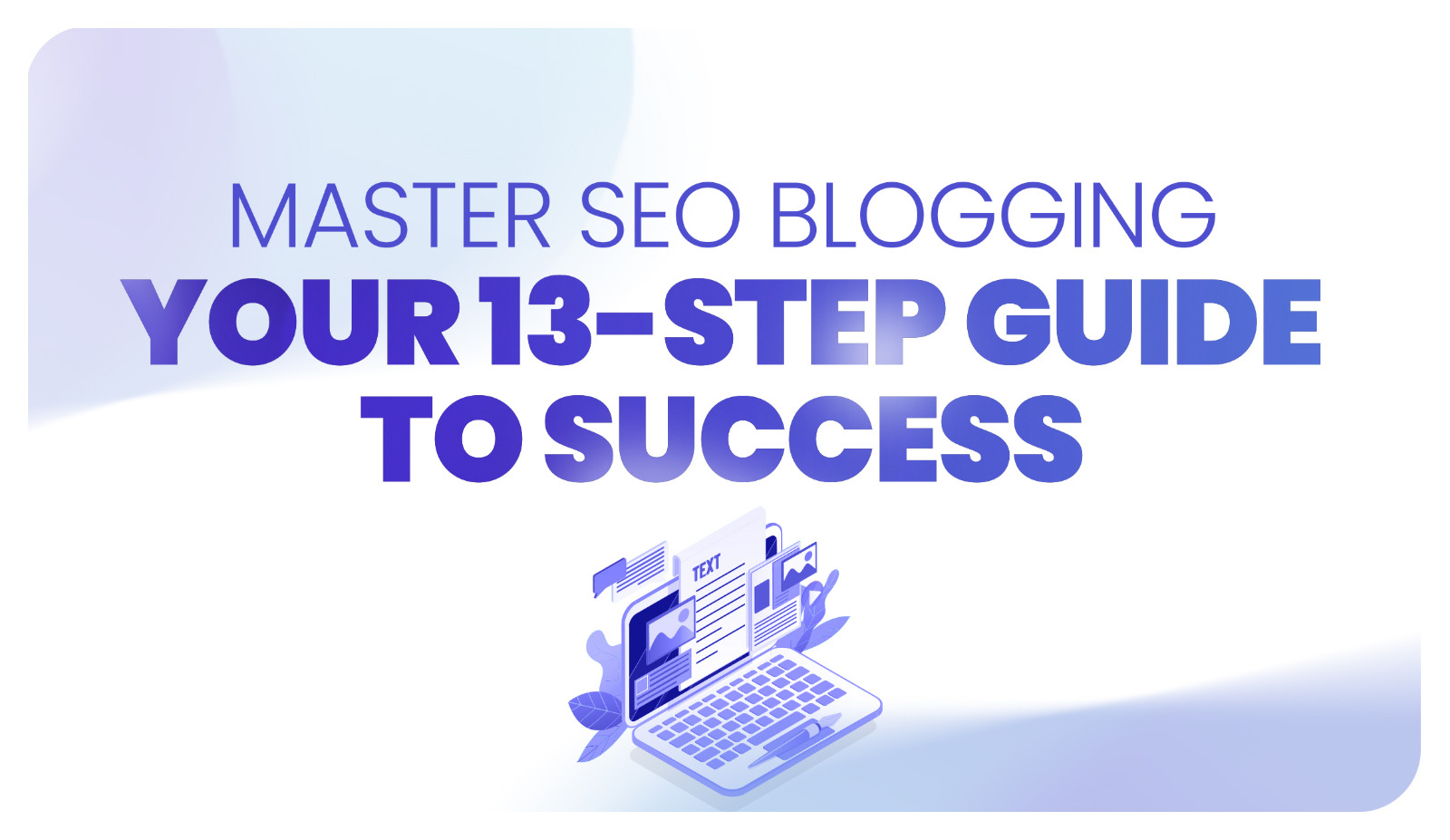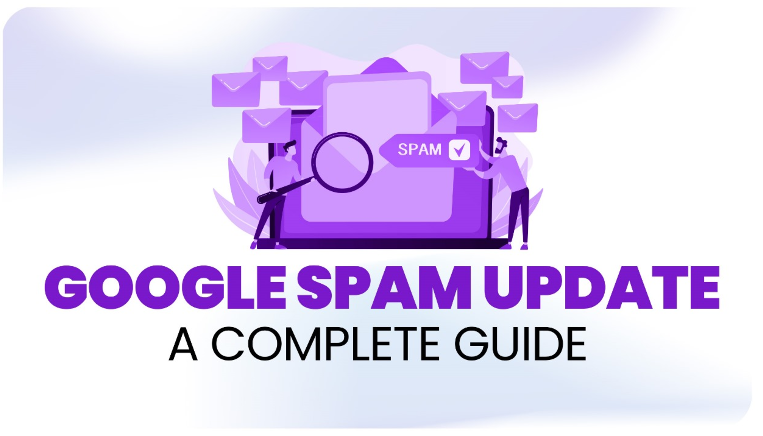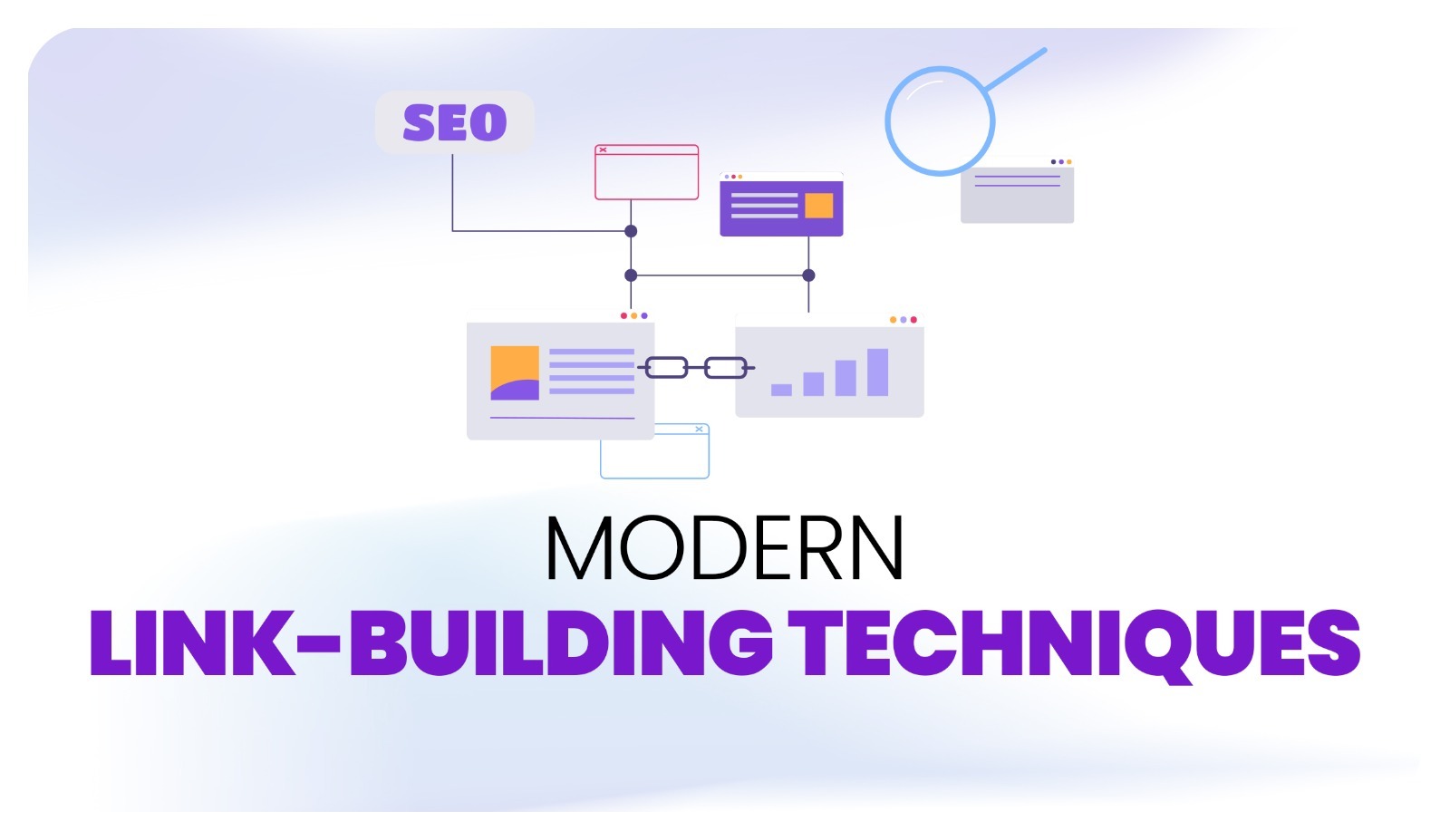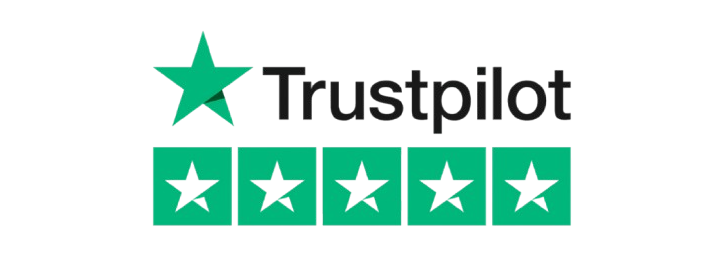Creating a successful blog post that ranks high on search engines is a mix of creativity and smart strategies. Think of it like baking a cake—you need the right ingredients and steps to make it delicious and appealing. Here’s a fun and simple guide to help you write awesome blog posts that not only attract more readers but also get noticed by search engines. Let’s dive into the 13 steps of writing an SEO-optimized blog post!
Step #1: Comprehensive Keyword Research
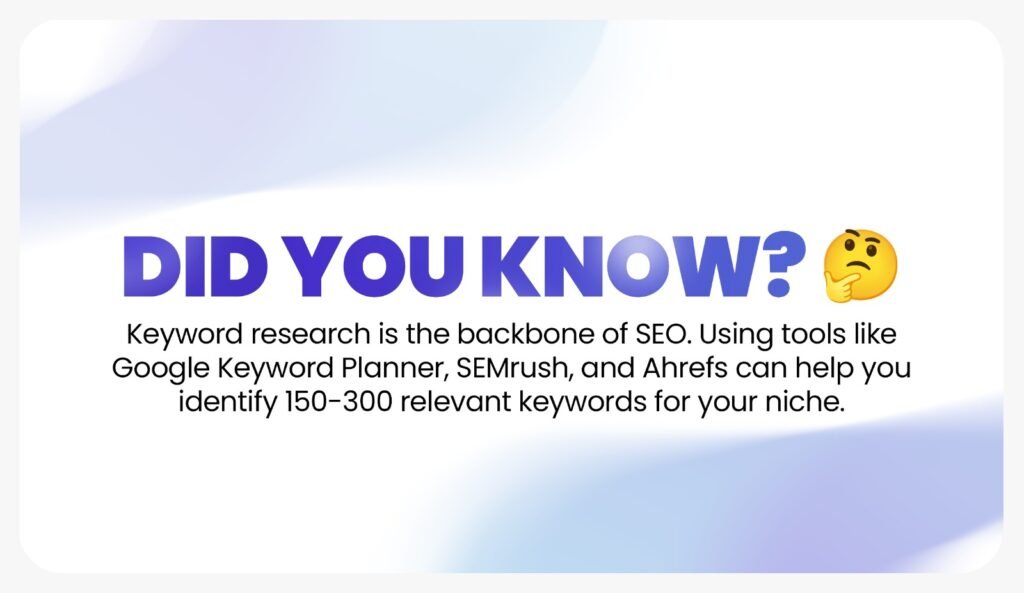
To start, conduct thorough keyword research. This helps you understand what your audience is searching for. Use tools like Google Keyword Planner, SEMrush, or Ahrefs to identify relevant keywords. Create a Google Sheet and list all possible keywords in your niche. Aim for 150-300 keywords to cover a wide range of topics.
Why Keyword Research is Crucial?
Keyword research is the backbone of SEO. It involves identifying popular words and phrases that people enter into search engines. By understanding these terms, you can optimize your content to meet the needs of your audience and improve your chances of appearing in search results.
Tools for Effective Keyword Research
- Google Keyword Planner: Offers insights into search volume and competition.
- SEMrush: Provides a comprehensive analysis of keywords, including difficulty and trend data.
- Ahrefs: Offers detailed keyword metrics and competitor analysis.
Practical Steps
- Brainstorm Seed Keywords: Think of general terms related to your niche.
- Expand Your List: Use the tools mentioned above to find related keywords.
- Organize Your Keywords: Group them into categories and prioritize by relevance and search volume.
Step #2: Detailed Content Outlines
Once you have your keywords, prepare detailed content outlines for your writers. Provide clear instructions and structure to ensure they know what to cover and how to present the information.
Creating Effective Content Outlines
A well-structured outline ensures your content is cohesive and comprehensive. It guides the writer through the main points and subpoints, ensuring all critical aspects are covered.
Key Elements of a Detailed Outline
- Title: Reflects the main keyword and topic.
- Introduction: Engages the reader and introduces the topic.
- Main Points: Divided into sections with subheadings.
- Supporting Details: Include statistics, quotes, and examples.
- Conclusion: Summarizes key points and includes a call-to-action (CTA).
Example Outline
- Title: The Ultimate Guide to SEO Blogging
- Introduction: Briefly explain the importance of SEO in blogging.
- Main Points:
- Keyword Research
- Content Structure
- On-Page SEO
- Off-Page SEO
- Supporting Details: Use data from trusted sources like Moz and HubSpot.
- Conclusion: Summarize the importance of following SEO best practices.
Step #3: Unique Sources for SEO Content
Enrich your content with unique sources. Use the Google query filetype:pdf [topic] to find PDFs, eBooks, or journals that your competitors might not be using. This adds credibility and value to your blog.
Finding Unique Sources
Unique sources differentiate your content from others. They add depth and authority, making your blog a more valuable resource.
How to Find Unique Sources
- Google Scholar: For academic papers and studies.
- Industry Reports: Look for reports from reputable organizations.
- Books and eBooks: Often contain detailed insights not available online.
- Interviews: Conduct interviews with industry experts.
Example
Using the query filetype:pdf content marketing, you might find a comprehensive industry report that few others have cited, giving your blog a unique edge.
Step #4: Audience Insights
Look up your topic on Reddit or Quora to see what questions your target audience is asking. This helps you address their concerns directly in your content, making it more relevant and engaging.
Understanding Your Audience
Knowing what your audience wants to know helps you create content that directly addresses their needs. This increases engagement and the likelihood of your content being shared.
Practical Steps
- Search Relevant Subreddits and Quora Topics: Identify common questions and concerns.
- Analyze the Questions: Look for patterns and recurring themes.
- Incorporate Answers: Address these questions in your blog to provide value.
Example
If you’re writing about SEO, search for “SEO tips” on Reddit and Quora. You might find questions like “How can I improve my site’s ranking?” or “What are the best tools for keyword research?” Address these directly in your blog.
Step #5: Scannable Content

Make your content scannable. When readers land on your article, they should be able to find the information they need in less than 10 seconds. Use clear headers and subheaders to guide them.
Why Scannable Content Matters?
Most readers skim content rather than reading it word-for-word. Making your content scannable helps them quickly find the information they need, reducing bounce rates and increasing engagement.
Techniques for Scannable Content
- Headers and Subheaders: Break up the text and signal key points.
- Bullet Points: Highlight important information concisely.
- Short Paragraphs: Keep paragraphs to 2-3 sentences.
- Images and Infographics: Visual elements break up text and convey information quickly.
Example
Instead of writing a long paragraph on the benefits of SEO, use a bulleted list:
- Increases website traffic
- Enhances user experience
- Builds brand credibility
- Provides measurable results
Step #6: Keyword Placement
Forget about keyword density. Instead, focus on placing your keyword naturally in the URL slug, title, introduction, throughout the body text, and in the meta description.
Effective Keyword Placement
While keyword density is less important, strategic placement ensures your content is relevant to the search query.
Key Areas for Keyword Placement
- URL Slug: Keep it short and include the main keyword.
- Title: Make it compelling and include the keyword.
- Introduction: Naturally incorporate the keyword.
- Body Text: Use the keyword and variations several times.
- Meta Description: Summarize the content and include the keyword.
Example
For a blog about “SEO Tips for Beginners”:
- URL Slug: /seo-tips-beginners/
- Title: Essential SEO Tips for Beginners: Start Ranking Today
- Introduction: “SEO can be overwhelming for beginners. However, these essential SEO tips will help you start ranking your website effectively.”
Step #7: Clean URL Structure
As an expert SEO blog writer, it’s crucial to maintain a clean URL structure for both on-page and off-page optimization. Clean URLs are concise, descriptive, and free of unnecessary parameters. They make it easier for users to read and remember your web addresses, enhancing user experience. Moreover, search engines prefer clean URLs as they help in better understanding the page content, which can improve your site’s ranking. Prioritize clean URLs to boost your website’s visibility and user engagement.
Good Example
/snowboarding-shoes/
Bad Example
/best-snowboarding-shoes-guide-for-2023/
Importance of Clean URLs
Clean URLs are easier for users to read and remember. They also help search engines understand the content of the page.
Best Practices for Clean URL Structure
- Keep it Simple: Use short, descriptive URLs.
- Include Keywords: Ensure the main keyword is part of the URL.
- Avoid Special Characters: Stick to letters and hyphens.
Example
- Good URL: /content-marketing-strategies/
- Bad URL: /content-marketing-strategies-for-success-2023/
Step #8: Killer Introductions
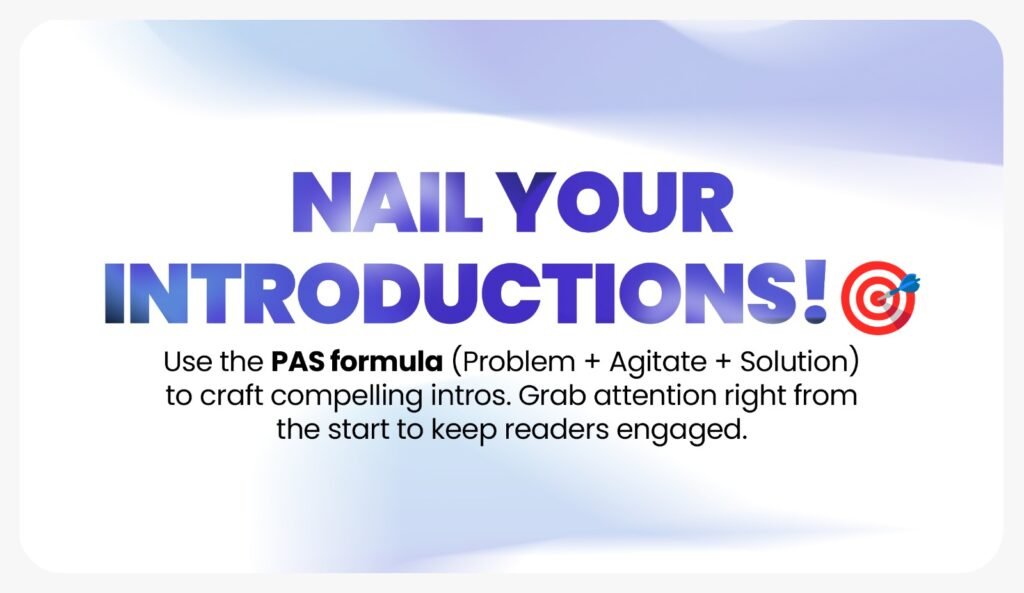
Nail your introduction section. Keep it short (50-150 words) and use the PAS formula (Problem + Agitate + Solution) to create a compelling start.
Crafting Compelling Introductions
The introduction sets the tone for your entire blog. A strong start captures attention and encourages readers to continue.
PAS Formula
- Problem: Identify a common problem your audience faces.
- Agitate: Highlight the impact or consequences of the problem.
- Solution: Briefly introduce your solution.
Example
Problem: “Struggling to get your website noticed?”
Agitate: “You’re not alone. Many beginners find SEO confusing and overwhelming.”
Solution: “But it doesn’t have to be. Our guide to essential SEO tips for beginners will help you start ranking today.”
Step #9: Quality Sources and Stats
Use real, quality sources to back up your statements. Look up relevant statistics and incorporate 3-4 insightful stats to make your article more authoritative.
Importance of Quality Sources
Citing reputable sources builds trust with your audience and enhances the credibility of your content.
Finding Quality Sources
- Academic Journals: Google Scholar, JSTOR.
- Industry Reports: From organizations like HubSpot, Moz, and Nielsen.
- Government Data: Census data, government publications.
Incorporating Stats
Use statistics to support your arguments and provide evidence. Aim to include 3-4 relevant stats per article.
Example
- “According to Moz, 70% of marketers see SEO as more effective than PPC.”
- “HubSpot reports that 61% of marketers say improving SEO and growing their organic presence is their top inbound marketing priority.”
Step #10: Easy-to-Read Content
Ensure your content is easy to read is essential for both user experience and search engine optimization. Break up long paragraphs into shorter ones, use clear headings, and incorporate bullet points where appropriate. Easy-to-read content keeps visitors engaged, reduces bounce rates, and signals to search engines that your site provides valuable and accessible information. Prioritizing readability can significantly enhance your website’s performance and ranking.
- Screenshots
- Bullets
- Illustrations
- Content boxes
Enhancing Readability
Readable content keeps your audience engaged and reduces bounce rates.
Techniques
- Short Sentences: Aim for 15-20 words per sentence.
- Simple Language: Avoid jargon and complex words.
- Visuals: Use images, infographics, and charts to break up the text.
Example
Instead of writing a long paragraph on SEO benefits, use a content box:
Step #11: Engaging Writing Techniques
Use bucket brigades to keep your readers engaged. Examples include:
- “So, here’s the deal…”
- “Let me explain…”
- “You might be wondering…”
What are Bucket Brigades?
Bucket brigades are words or phrases that keep readers hooked and guide them through your content.
Examples and Usage
- “Here’s the deal…”: Introduces a key point.
- “Let me explain…”: Prepares the reader for an in-depth explanation.
- “You might be wondering…”: Anticipates and addresses reader questions.
Example
“So, here’s the deal. SEO can transform your website’s traffic. Let me explain how…”
Step #12: Lead Magnets and Repurposing
Add a lead magnet to your content, such as a free eBook or checklist, to capture emails from your audience. Promote and repurpose your content across different platforms. Turn your blog post into a YouTube video or a series of tweets to maximize reach.
What are Lead Magnets?
Lead magnets are valuable resources offered in exchange for contact information. They help build your email list and nurture leads.
Types of Lead Magnets
- eBooks: Comprehensive guides on a specific topic.
- Checklists: Step-by-step guides.
- Templates: Ready-to-use resources.
- Cheat Sheets: Quick reference guides.
Repurposing Content
Maximize the value of your content by repurposing it. Turn blog posts into videos, podcasts, or social media posts.
Example
If you write a detailed guide on SEO, create a YouTube video summarizing the key points and a series of tweets highlighting tips.
Step #13: Internal Linking
Internally link your content at the end of every month. 2-3 internal links per article are not enough. If 10 articles are topically related, they should be linked to each other, enhancing the SEO value.
Importance of Internal Linking
Internal linking helps search engines understand the structure of your website and improves user navigation.
Best Practices
- Link Relevant Articles: Ensure the linked articles are related to the content.
- Use Descriptive Anchor Text: Make it clear what the linked page is about.
- Update Regularly: Review and update internal links monthly.
Example
In an article about SEO tips, link to related content like “How to Conduct Keyword Research” and “On-Page SEO Best Practices.”
Conclusion
By following these 13 steps, you can create SEO-optimized blog posts that are not only informative and engaging but also rank higher on search engines. Start with comprehensive keyword research, provide detailed outlines, use unique sources, and ensure your content is scannable. Pay attention to clean URL structures, compelling introductions, quality sources, and easy-to-read formats. Engage your readers with effective writing techniques, add lead magnets, and repurpose your content. Finally, don’t forget to link your articles internally to boost SEO.


